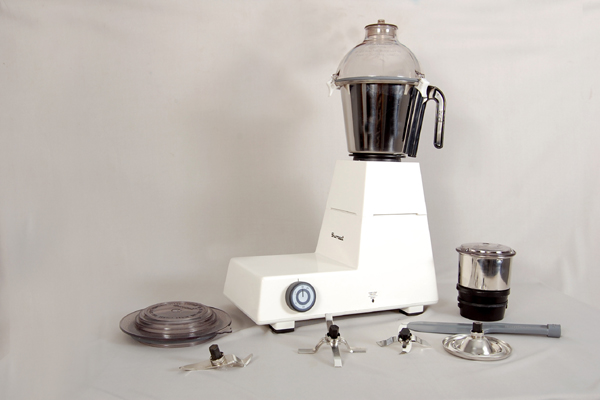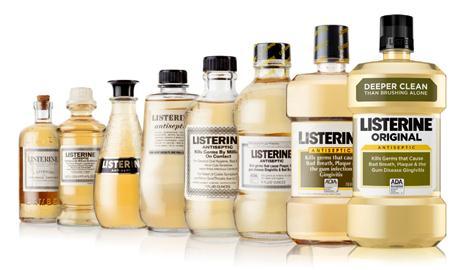Forgotten Brands – Sumeet Mixie

A market leader Sumeet has since seen a decline in its fortunes primarily due to differences in the family.
The brand “Sumeet” comes from a dare issued by a lady to her husband.
Madhuri Mathur, in the 1960s, used a German-made Braun blender. It was effective, but the engine overheated since it wasn’t designed for the intensive grinding required by Indian cuisine. She informed her husband, Satya Prakash, that he should be able to fix it because he was an engineer and there were no Braun service facilities in India at the time.
It was a mixie that Satya Prakash Mathur just couldn’t seem to repair. He tackled the task and came up with a new kind of mixie that has a motor strong enough to handle the grinding demands of Indian cuisine.
A 500-600 watt motor, a unique L-shaped design, and a torque of 20,000 rpm that Mathur claimed was similar to an aeroplane propeller were just a few of the features of his mixie, which could resist the rigours of Indian grinding.
After receiving positive comments from his wife and friends, Satya Prakash approached his supervisors at Siemens in 1963 and asked for approval to create a firm to make the mixies. Madhuri’s name appears on the business licence for Power Company Appliances. He was accompanied by four other Siemens India workers who joined him.
Sumeet (which means “good friend” in Hindi) was not a South Indian brand as is often believed; rather, it originated in Mumbai. Sumeet became well-known because of its unique selling proposition (USP) of a motor that would not burn even under the most rigorous grinding, as well as its after-sale service and reputation for lasting up to 20 years.

The Mathur’s collaborative efforts to establish the company’s brand are also fascinating. They provided security for a preliminary loan amount, and Satya Prakash Mathur single-handedly conceived of and oversaw the project’s design and construction without the assistance of any designers. While Satya Prakash gave the technical inputs, Madhuri gave a customer/user viewpoint.
The company’s products were revolutionary in Indian households. Even though the market was splintered and several copycat companies entered it, Sumeet maintained its monopoly far into the 1990s. During the company’s heyday in the 1980s, Sumeet had a market share of 43% and sold around 60,000 units each month. But eventually, the impressive success story started to fall apart.
Conflicts within the family and a failure to respond to a changing market contributed to the demise of the brand.
The Mathurs’ two sons, Ajay and Vivek, each received a share of the company’s brand with some conditions. However, both parties felt their territory had been invaded, leading to legal action. The reputation took a hit. Although Sumeet is making a comeback of sorts, its market share is still nothing near what it once was.
Reference
https://www.thebetterindia.com/169677/sumeet-mixie-nostalgia-engineer-india/
https://www.business-standard.com/article/beyond-business/churn-grind-112011400072_1.html



